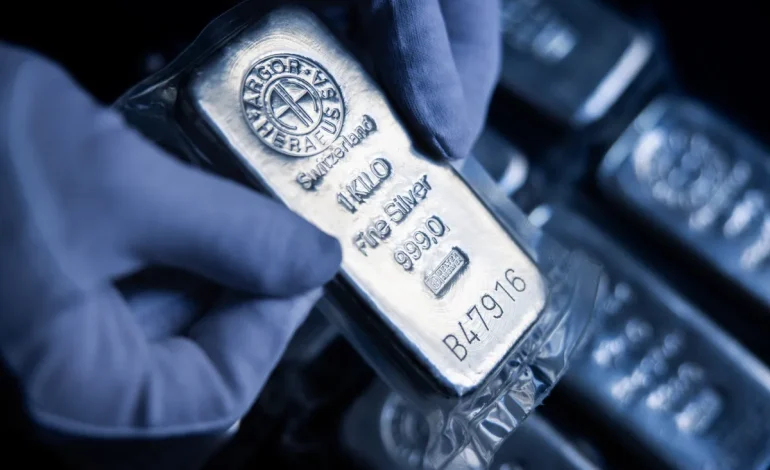With input from Bloomberg, the Wall Street Journal, the Financial Times, and the Telegraph.
Gold’s had a blockbuster year, but silver is the one stealing the show. The metal has rocketed roughly 70% on the London market — well ahead of gold’s 55% climb through mid-October — on a cocktail of safe-haven demand, a tightening physical market, and relentless industrial appetite.
The macro backdrop set the stage. War, rate-cut hopes, and noisy US economic policy have funneled money into hard assets. That dynamic helps both metals. But silver has an extra gear because it’s not just a store of value; it’s a workhorse. It carries electrons through circuit boards, EVs, and batteries, and — most importantly for 2025 — it’s a crucial ingredient in solar panels. It still decorates wrists and lines coin rolls, and because it’s cheaper per ounce than gold, it’s accessible to small investors who tend to pile in during precious-metal rallies. Put simply, silver benefits from fear and from factories.
The market’s structure magnifies everything. Silver trading is thinner than gold’s, inventories are tighter, and liquidity can evaporate fast. That doesn’t mean there’s less metal sitting in vaults — London actually holds far more silver by weight than gold — but because silver’s total dollar value is so much smaller, price moves hit harder. Industrial cycles and policy swings feed into that sensitivity: when global activity accelerates, fabrication demand pushes prices up; when growth wobbles, investors step in with hedges. Either way, silver is in play.
The latest surge turned into a bona fide squeeze. London inventories tracked by the LBMA have dropped by roughly a third since mid-2021 after four straight years of global demand outpacing mine output. Exchange-traded funds pulled in fresh money just as available bars were dwindling. Early-year chatter about potential US tariffs on certain imported metals poured fuel on the fire and helped yank metal across oceans, leaving London spot prices trading at multi-year premiums to New York futures. Lease rates — the annualized cost to borrow physical bars — spiked past 30%–35%, a flashing red sign of scarcity that squeezed anyone short the metal. The price gap got so juicy that some traders chartered cargo slots on transatlantic flights for silver bars, an extravagance usually reserved for gold.
India’s buying binge tightened the vise even more. With Diwali on Oct. 20 and prices sprinting higher, jewelers scrambled to restock. Imports nearly doubled from last year, and buyers paid hefty premiums over global benchmarks. Each shipment drained Western vaults further and amplified the London shortage.
Industries are starting to do the math. Solar manufacturers, which rely on silver paste for photovoltaic cells, are watching margins shrink and weighing longer-term thrift or substitution. Electronics and EV components face similar pressures. Even logistics costs are creeping into the equation as traders move bars by air to chase regional arbitrage.
On the supply side, relief won’t come quickly. Mines are constrained by lower ore grades and a lack of new projects. The big producers — Mexico, Peru, and China — have run into everything from permitting delays to environmental limits. Shuffling metal back to London from New York might ease immediate tightness, but it won’t erase a structural deficit that industry analysts estimate at hundreds of millions of ounces over the past few years.
None of this means the rally is invincible. A firmer dollar, a shift in rate expectations, calmer geopolitics, or a pause in investor flows could knock prices back and unwind some of London’s premium. Silver lacks the steady central-bank bid that supports gold, so when sentiment flips, the metal’s smaller market size can turn ordinary profit-taking into a sharp correction. But as long as inventories remain thin, industrial demand keeps humming, and investors continue to hedge currency and policy risk, the path of least resistance still tilts upward.
That’s the story of 2025’s white-hot metal in a sentence: gold protects you from the storm, but silver powers the lights while it’s raging.










The latest news in your social feeds
Subscribe to our social media platforms to stay tuned